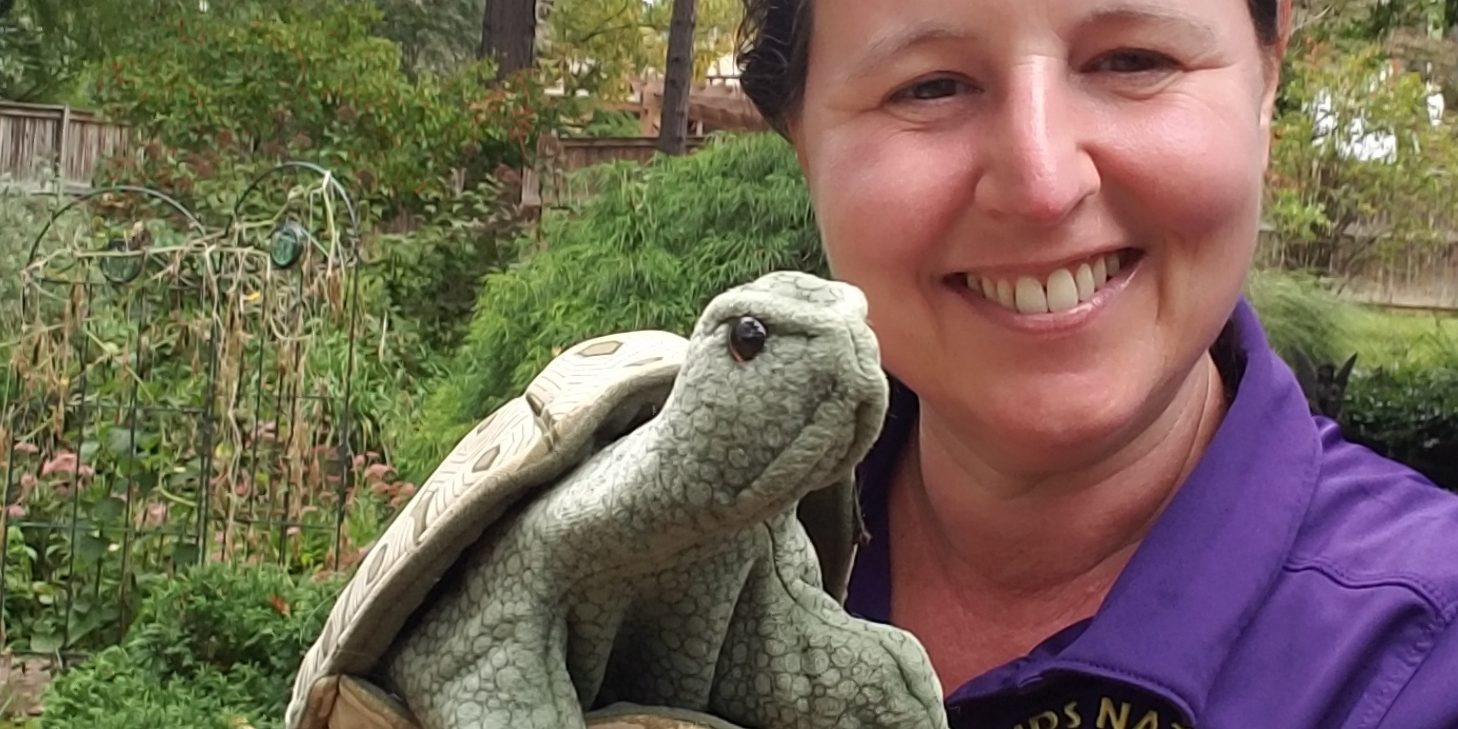Fun with Kids & Nature: Create a Hibernation Habitat
As Summer turns to Fall, animals must prepare for Winter. Some animals, such as monarch butterflies and many bird species migrate to warmer climates. Other animals, such as squirrels, store food underground and in nests. Many animals hibernate, especially cold-blooded reptiles and amphibians. During this time, they are able to survive without eating or drinking. In order to survive the freezing cold of winter, animals must go below the freeze line of the ground or bury themselves in mud at the bottom of ponds. By creating an area in your own yard that allows animals to bury below the freeze line, you are creating a refuge for them to safely hibernate. Turtles, chipmunks, salamanders, toads and other wild creatures will thank you for this gift.
Creating a hibernation habitat in your yard is an easy activity that is both fun and educational for kids of all ages. You can create this habitat area at any time of year, and the longer is exists, the more likely turtles and other wild creatures will use it.
Materials You Will Need: Fallen leaves, yard debris, sticks, fallen branches
Step 1: Locate the space where you will create the hibernation habitat. Look around your yard. You may already have a hibernation area! Fallen trees, yard debris piles, leaf piles, and hollow areas under rocks or concrete structures could already be hosting a variety of creatures during the Winter months. If you already have such an area, you can simply maintain its natural state, or you can add additional organic material to it to make it larger and even more attractive to wildlife. If you don’t already have a natural hibernation area, then choose an area that is a little out the way and that can be left in a wild, natural state. If you can find an area with loose soil and fallen leaves that would be a good place to start, and, the more protection from wind and rain the better.
Step 2: Build the habitat. Hibernating creatures want to dig down where the soil temperature stays above freezing. The more insulation (think leaves and other organic debris) on top of the soil, the warmer it will stay below. A large rotting log covered in leaves is a great area for many creatures to hibernate. If you don’t have a fallen tree, you can layer large fallen branches mixed with leaves and yard clippings to create a similar environment. The larger the pile the better.
Step 3: Time. It takes time for a hibernation habitat to be ready for occupation and it takes time for animals to find the spot you created. At first, insects such as beetles will start to move in. They may be followed by salamanders, toads, and turtles. Perhaps even a chipmunk may decide to reside in your creation for the winter. Patience is key.

Step 4: Maintain the habitat by periodically adding leaves and other organic materials. Kids may want to create a ” Do Not Disturb – Sleeping Wildlife” sign that could be placed near the hibernation habitat – that could be adorable.
If you create a hibernation habitat, or any adorable “Do Not Disturb – Sleeping Wildlife” signs, please share pictures by posting at Facebook.com/KidsNatureShows or emailing them to [email protected]
And if you’re looking to learn more about Animals in Fall & Winter, book a show with Kids Nature Shows today!







